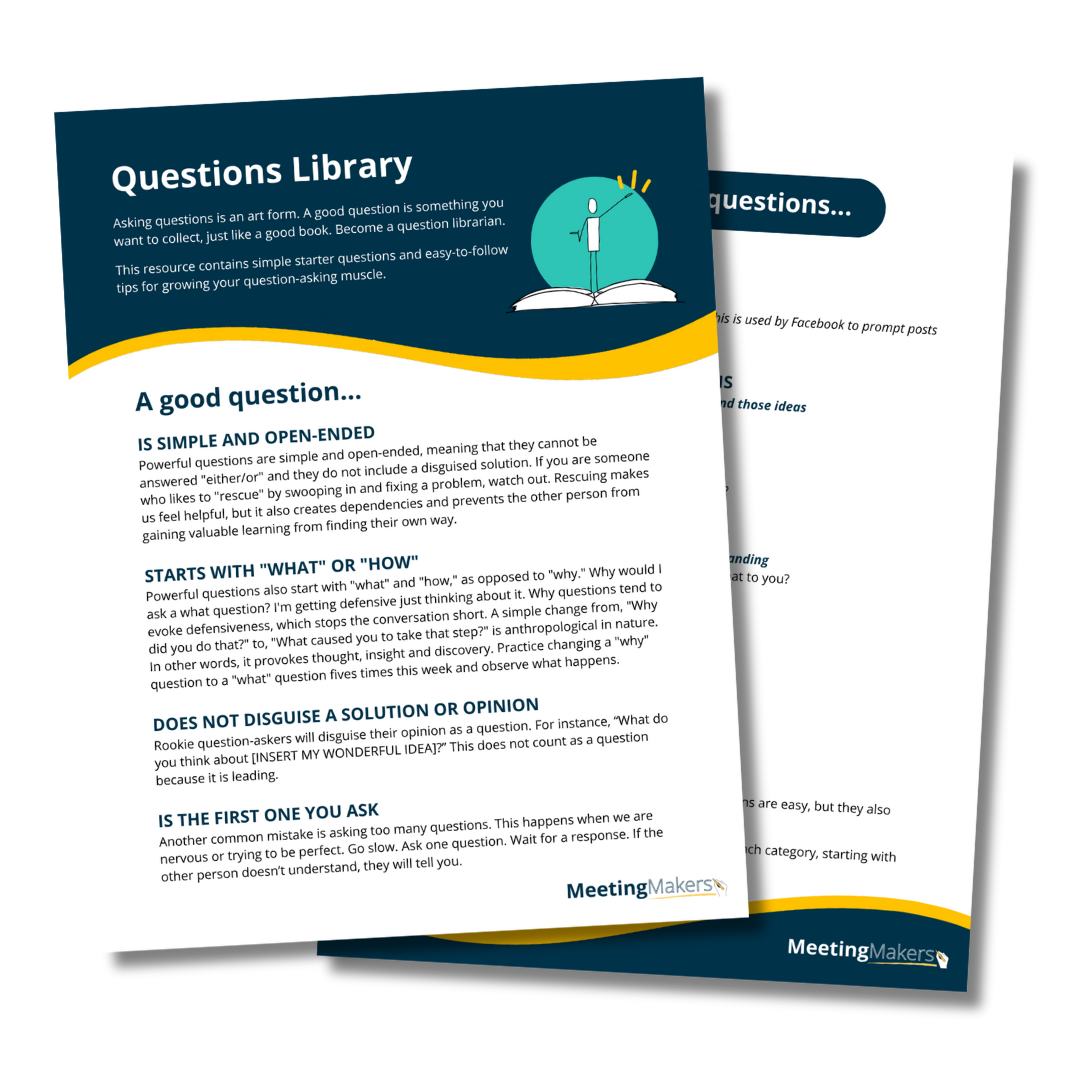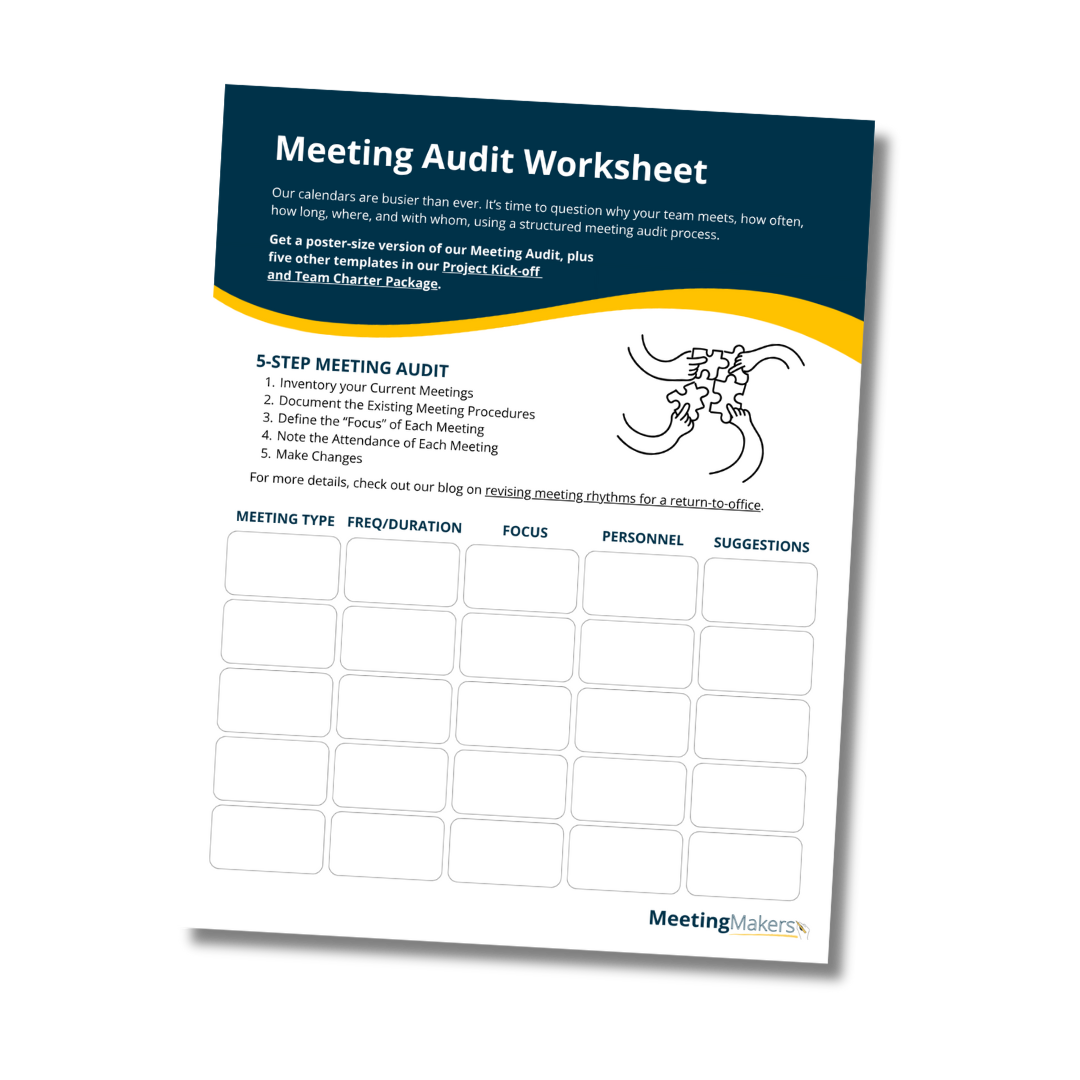
Navigating Conflict in Meetings
When it comes to meetings, the problem isn’t conflict—it’s how we navigate it. This blog breaks down our top five tips to reapproach conflict and create the right conditions to make it productive and impactful.

2 Skills to Listen Like a Facilitator
A facilitator's job is to pull knowledge out of the people in the room, rather than pushing content. This means setting aside our tendencies to give advice or solve problems and simply listen. In this blog, we discuss how this is done using two simple techniques: paraphrasing and asking questions.
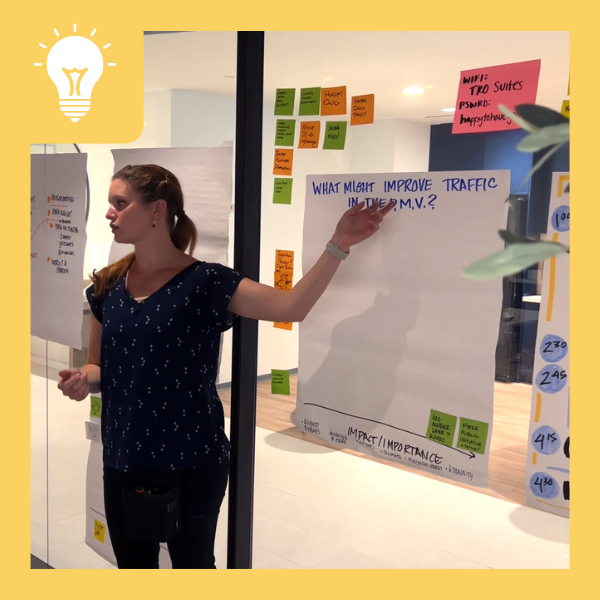
Reframing Team Decision-Making: Collaborative Decisions Made Easy
Most teams know how to have a successful brainstorming session. Coming up with ideas usually isn’t the challenge; it’s how to decide what to do with the ideas where they get stuck. In this blog, we break down different types of decisions and different collaboration methods that can help you make the right choice.
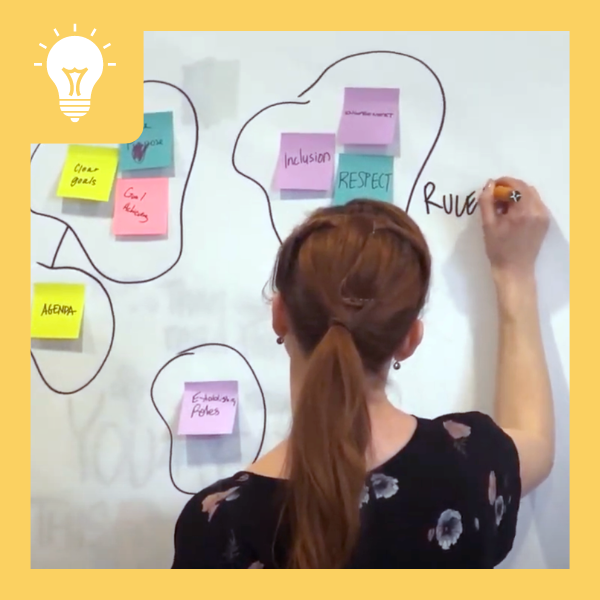
Chaos to Clarity: 4 Ways of Grouping Ideas
Navigating through a sea of sticky note ideas can feel like trying to organize confetti after a New Year’s bash. In this blog, we break down four methods for grouping ideas and demonstrate how to turn those groups into actionable themes and insights you can use after your brainstorming session.
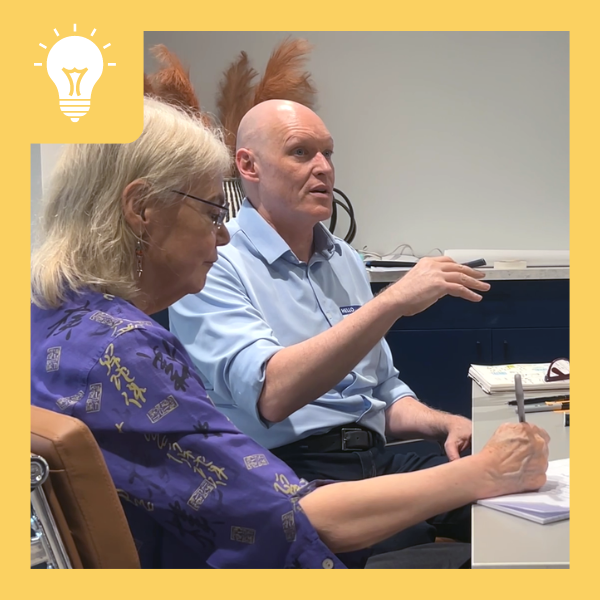
How to (Politely) Interrupt in a Meeting: Tips for Staying on Time
Stop getting stuck listening to the same person drone on in your team meetings. Try these strategies for politely interrupting when someone is hogging air time, and it’s time to move on with the meeting.
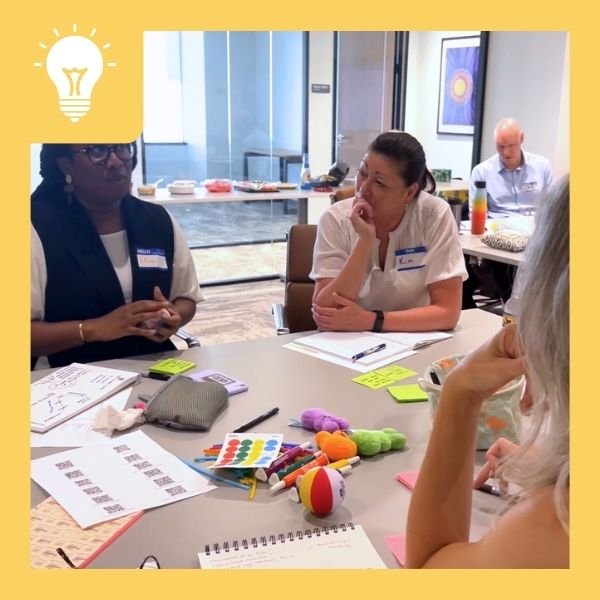
Boosting Team Connection: Meeting Makeover for the Return-to-Office
Meeting rhythms define the types of meetings a team uses, when and how frequently they meet, who needs to be there and what needs to be prepared in advance. If you’re faced with bringing team members together during a return to the office, consider a team-norming session to help re-establish working relationships and set new agreements for how your team can be successful.
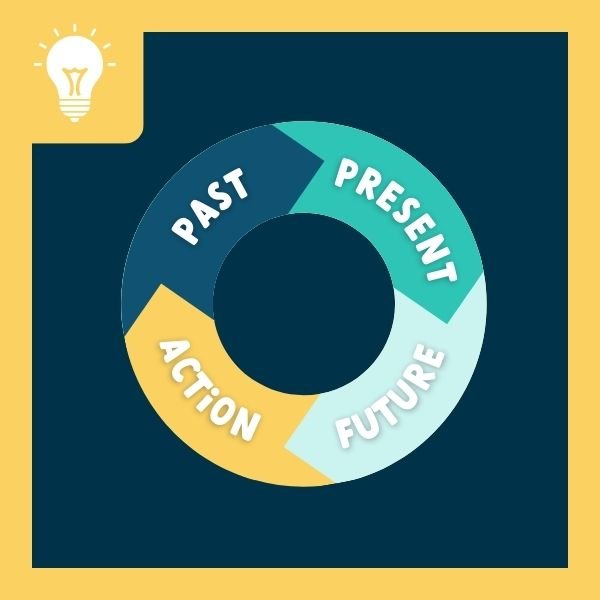
Looking Back to Move Forward: Future Search as a Meeting Arc
We have to come to terms with the past before we can agree on current realities. Future Search is a strategic planning and group facilitation process designed to help organizations and communities address complex issues and create a shared vision for the future.
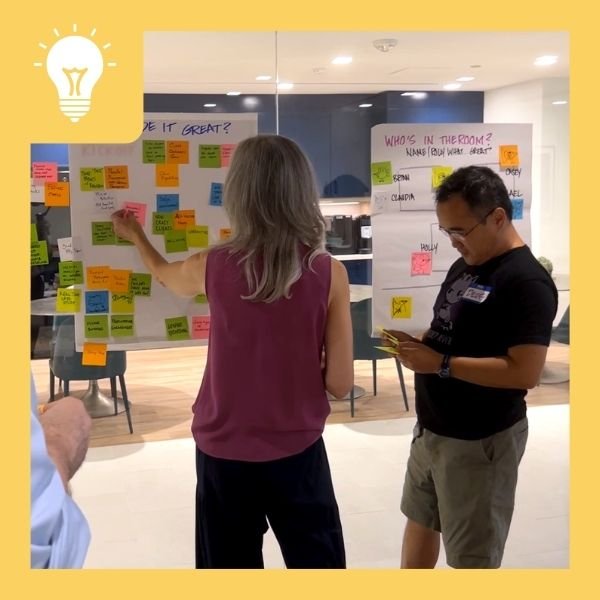
Meetings that “Move”: Using Movement to Increase Productivity
Movement promotes higher brain function, better behavior and lower stress. Adding movement to meetings allows people to perform well under pressure, make better decisions and work better with others. Here are a few of our favorite energizers you can use to get your team or participants moving.
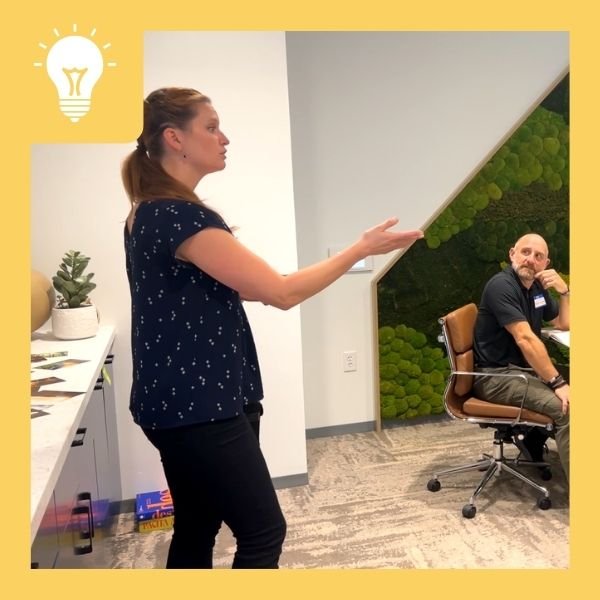
10 Tips for Partnering with a Facilitator
Often the people we work with don’t have a clear sense of what we provide when it comes to facilitation, and every facilitator is a little different. Our goal as MeetingMakers is to take the stress of identifying the process to achieve your outcomes off your plate. Here are a few things to keep in mind so you can get the most from working with a professional facilitator.
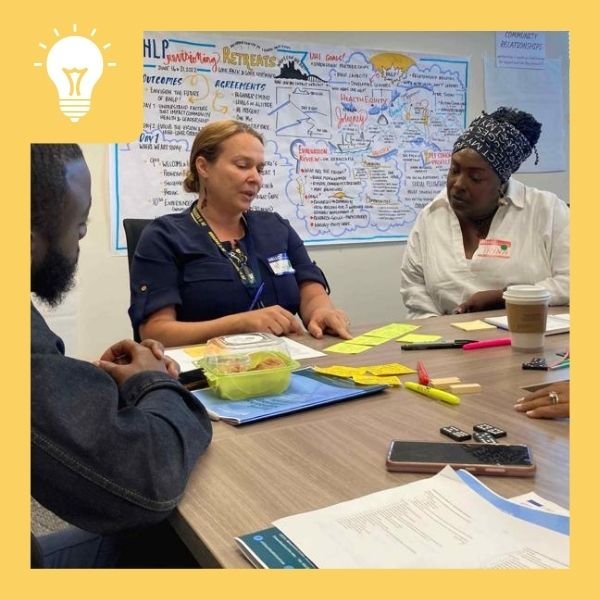
How Collaboration Happens
Many people think true collaboration is a form of magic. But collaboration—bringing together unique skills and ideas toward a common goal—is something made possible by better meetings; meetings with an intentional design and basic facilitation techniques that anyone can learn and do.

6 Tips to Un-Suck Your Meetings
We’ve all attended our share of meetings and trainings that suck. It can feel like a waste of time and energy. Despite what you might think, these sessions are not pointless; they just aren’t being planned well or maybe even planned at all. Planning a meeting that doesn’t suck is easy with just a few preparation steps and basic facilitation skills.

3 Visual Energizers for In-Person and Online Meetings
Energizers are the glue that keeps your agenda together, especially virtually. Energizers should always have a purpose, whether building connections, testing technology, or modeling behavior. Here are three of our favorite visual energizers to use in meetings.

8 Models Every Facilitator Should Be Able to Draw Live
A model is a diagram that helps convey a key concept using strategically aligned words and images used in a meeting to encourage a specific mindset or prompt thinking in a new way. Here are eight essential models and how to draw them.
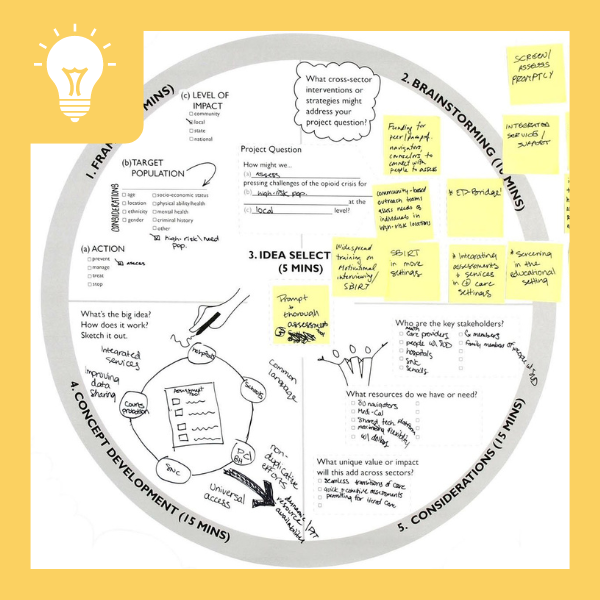
5 Simple Visual Planning Templates
When questions and ideas are visualized, it’s easier to identify what knowledge and plans are missing. A visual template works like a silent facilitator, making meetings faster, smoother and easier to facilitate.

Designing Effective Meeting Agreements
Meeting agreements can be ground rules, metaphors, or principles that help groups understand behavior expectations during a meeting. In this blog, we share our favorite meeting agreements and explain how to pick out the best agreement for your group’s success.
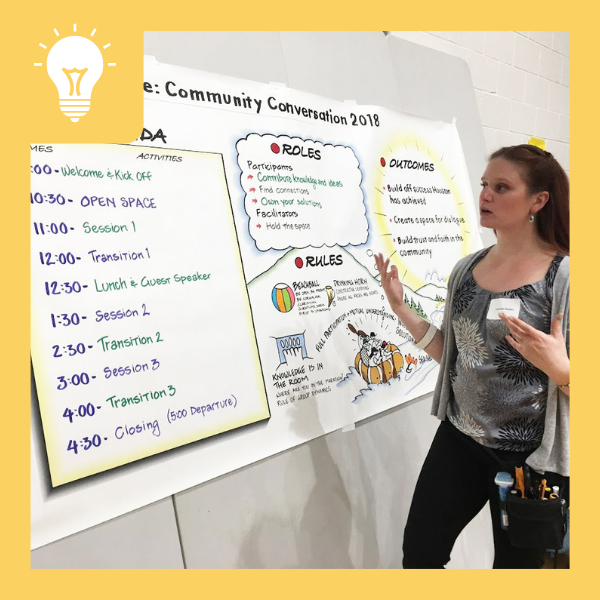
Visual Facilitation Tools for New-to-Visual Facilitators
Visual tools help people see their ideas in a way that gets people focused and on the same page. Sixty-five percent of the population are visual learners, so if you’re not using visuals, you’re missing out on a huge opportunity to engage participants.

Using Online Whiteboards in Meetings for Beginners
If you’re new to facilitating with online tools, be prepared to feel unprepared. This blog will give you our beginner tips for getting started with an online whiteboard and helping participants adapt to a new tool.
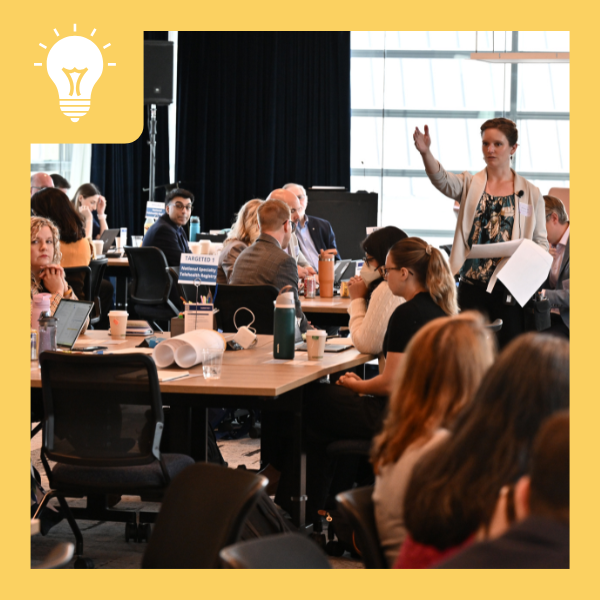
8 Tips for Emerging Facilitators
Transitioning into the world of facilitation and organization development is tough, especially for recent graduates or those early in their careers. Here are a few tips from Lauren that helped her make the career transition that led her to where she is now.
Never miss a post
Sign up for our email list to have content from our blog sent directly to your inbox as new content is released.


